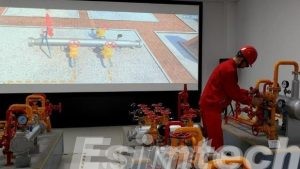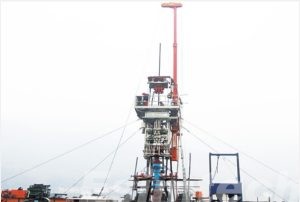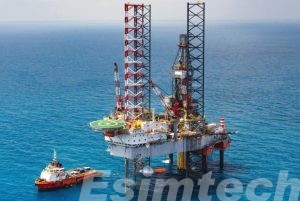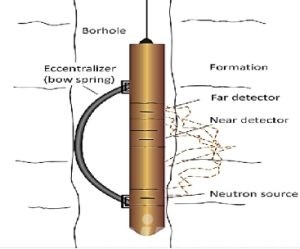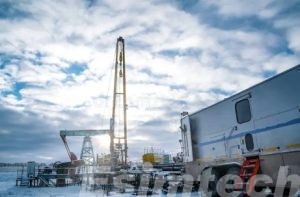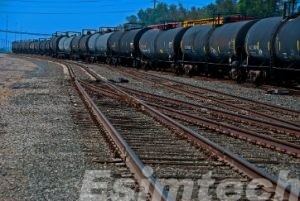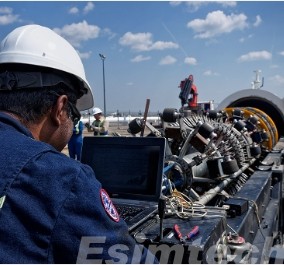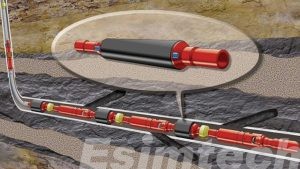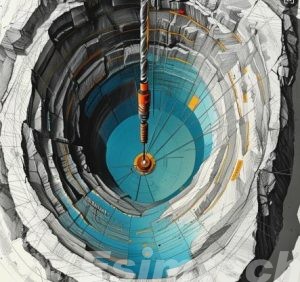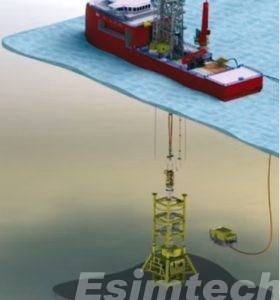What are Effective Strategies for Oil and Gas Safety
From offshore drilling platforms to inland refineries, the oil and gas sector operates in challenging environments and handles inherently hazardous substances. With such high stakes, oil and gas safety is not just a…
What You Need to Know about Cement Bond Logging
Cement bond logging is used in the oil and gas industry to evaluate the integrity of the cement bond between the casing and the surrounding rock formation. This process is essential for…
Simulation in Gas Production Training: Boosting Engagement & Knowledge Retention
Oil and gas industries are high-stakes environments where operational efficiency, safety and expertise are of utmost importance. While traditional training methods may provide valuable education, they often fail to prepare…
How AI & Automation Are Transforming Deep Well Snubbing Operations
Deep well snubbing is a vital process in the oil and gas industry that involves inserting or extracting pipe from wells under pressure. Once performed manually and dangerously, recent advances in…
What do You Know about Offshore Oil Production
Offshore oil production is a significant contributor to the global energy supply, providing a substantial portion of the world’s crude oil and natural gas. As land-based oil rigs become more challenging…
How Does Well Logging Work in Carbon Capture and Storage (CCS)
Carbon Capture and Storage (CCS) is a critical technology for reducing greenhouse gas emissions by capturing carbon dioxide (CO₂) from industrial sources and securely storing it underground in the oil and gas…
The Economic Impact of Accurate Well Logging: Reducing Dry Holes and Maximizing Production
Drilling a dry hole–a well that fails to produce commercial quantities of hydrocarbons–can cost millions in wasted resources and is avoided through accurate well logging by providing reliable subsurface data,…
Rail vs. Pipeline Oil Transportation: Which Mode is Better
Oil transportation ensures crude oil and refined products reach refineries, storage facilities, and markets efficiently. Among the primary modes of transporting oil, rail and pipelines are the most widely used. While…
What is an Effective Emergency Response Plan for Pipeline Accidents
Pipelines are widely used for transporting oil, gas and other hazardous materials over long distances, making them a vital part of the global energy infrastructure. However, pipeline accidents such as leaks, ruptures, explosions,mechanical failures, etc,…
How Intelligent Well Completion Reduces Environmental Impact
Oil and gas industry environmental footprint has long been the subject of scrutiny, yet technological innovations are leading the way towards more eco-friendly practices. One such innovation is intelligent well…
The Impact of Directional Core Drilling on Oil and Gas Exploration
Oil and gas exploration has evolved immensely over time, with innovative technologies enabling more precise resource extraction. One such innovation is directional core drilling, which has revolutionized this industry by improving…
What is Rigless Well Intervention
Rigless well intervention technologies have transformed the oil and gas industry by providing cost-effective and efficient alternatives to traditional drilling rigs for maintaining and enhancing well performance. These methods allow operators…



